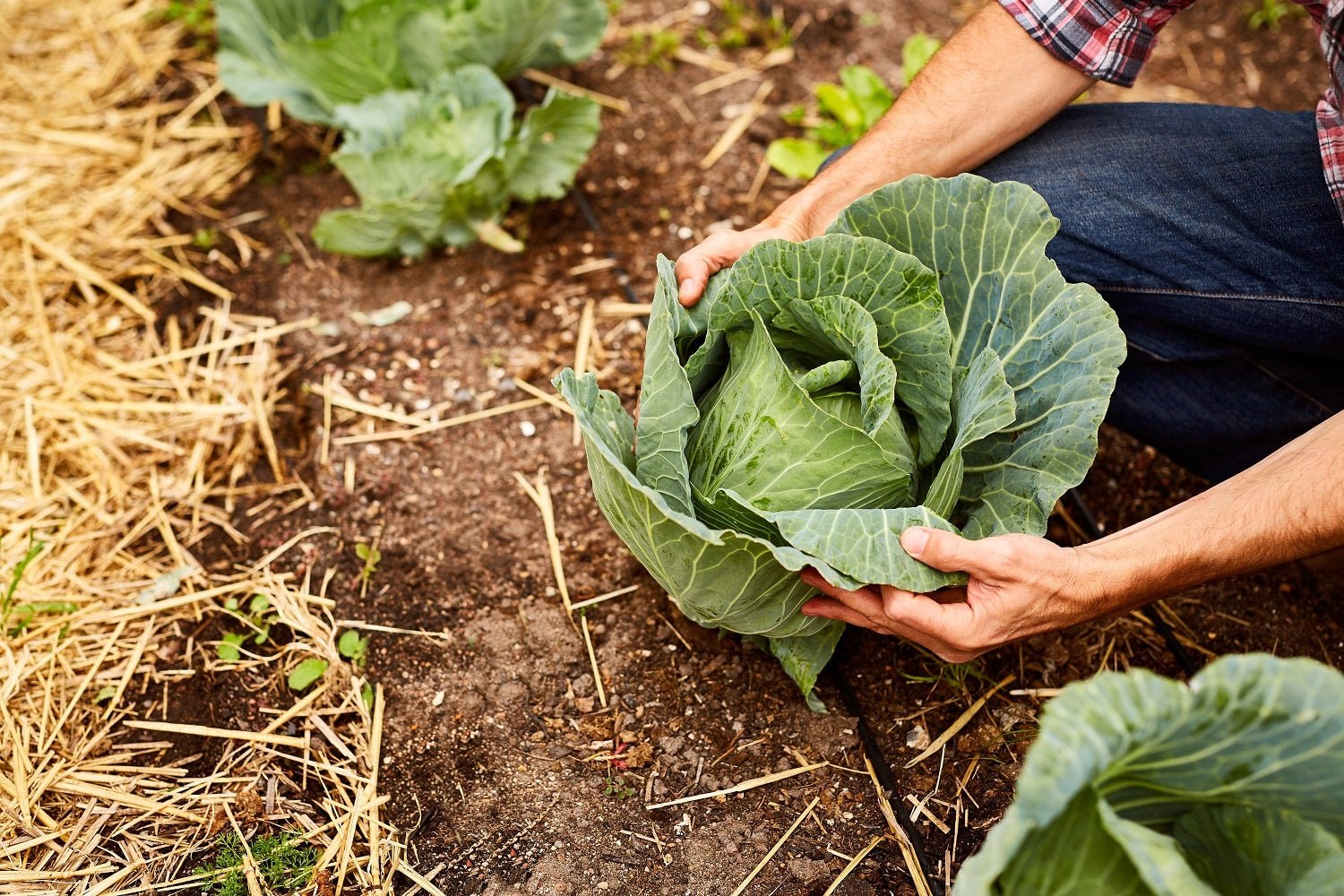
How Certified Organic Food is Regulated
It’s true - not all words that appear on food labels are legally defined or regulated. Terms like “natural,” “fresh,” and “local” are increasingly used (often without justification) to attract consumers looking for healthy and environmentally sustainable products. While you may see the word “organic” appear on some of those same labels, rest assured that it is a strictly defined and regulated term with legal and financial consequences when used falsely.
n
It’s true - not all words that appear on food labels are legally defined or regulated. Terms like “natural,” “fresh,” and “local” are increasingly used (often without justification) to attract consumers looking for healthy and environmentally sustainable products. While you may see the word “organic” appear on some of those same labels, rest assured that it is a strictly defined and regulated term with legal and financial consequences when used falsely.
To claim a product is organic, a food producer must first earn organic certification, a rigorous process that ensures a farm’s land, growing processes, and inputs conform to standards outlined by the USDA’s National Organic Program (NOP).
Once a producer becomes certified organic, then what? The story of organic food seems less transparent after crossing that first hurdle, especially with competing markets shedding doubt on organic products (the fastest growing segment of the food industry) in an effort to win back consumers. Because of its growing economic value, the NOP must remain vigilant in monitoring and enforcing organic certification.
Annual Inspections
While the USDA creates the standards for organic certification in the US, it works with 80 private, state and international third-party certifiers to grant and enforce that certification on all products sold in the US. After a farm or food producer becomes certified organic, they are required to re-apply annually. On that annual application, farms must list any changes to their growing practices, inputs, and seed sources not accounted for in previous applications. In addition to monitoring all changes in a farm or food producer’s practices, third-party certifiers perform annual inspections in order to verify each applicant’s claims. All inspectors are trained to look for on-site clues that a producer is deviating from the national organic standards, to perform surprise inspections, and to carefully audit farm records for truth and accuracy.Residue Testing
In 2013, the USDA amended its rules and began to require all USDA certifying agencies to conduct residue tests each year on a minimum of 5% of the products each agency certifies. Residue testing is an important oversight tool that allows certifiers to verify that synthetic chemical residues on certified organic products remain within the levels allowed by the NOP (unfortunately, slight residue levels are often unavoidable even on the best organic farms, due to chemical runoff from conventional farms that travels through air and water). The USDA created protocols for how to perform the residue tests, and monitors that their agencies comply with the requirement.Protecting the Organic Label
Although it seems superficial next to precautions like on-site inspections and residue testing, defining and protecting the meaning of the organic label is just as important as ensuring a product is indeed organic. When it comes down to it, because “organic” isn’t a visible trait we can verify by looking at a product, consumers need to believe that products labeled organic truly are what they say. Treating it like a copyrighted term, the USDA maintains detailed guidelines for when and how the word “organic” may appear on a product’s label. The NOP extends these rules to product and company signage (such as at a farmers market, where non-certified organic farms may not use the word “organic” anywhere in their booth), as part of a company’s name, in their marketing materials, or any other avenue by which a company my insinuate their product is organic. Label claims are the joint responsibility of the product company and the agency that certified them, and both face fines or loss of certification/accreditation for non-compliance.Organic Integrity Database
To further promote transparency, the USDA maintains a database of all the operations certified by their accredited agencies called the Organic Integrity Database. Consumers may use the database to find out more about the products a company is certified for and who the certifying agency is. The NOP also keeps a list of fake certification documents, with which both consumers and certifiers can monitor for fraud. Consumers may also contact the National Organic Program to report violations. One of the primary functions of the NOP is to investigate evidence-based complaints regarding fraudulent organic certification and labeling.Regulating Imported Organics
The US and several countries (including Canada, Japan, and the European Union) have agreements to recognize each other’s organic certification, meaning that the USDA considers other certification programs equal to their own and allows products certified as organic in those countries to bear the USDA Organic seal. Organic imports from all other countries must follow the same process as domestic products: gain certification from a USDA accredited certifier and maintain that status through annual re-application, inspection, and possible residue testing. In 2016, the USDA signed a cooperative monitoring and enforcement agreement with Mexico in anticipation of building an organic equivalency arrangement such as we have with Canada and the EU. Mexico is the US’s third biggest agricultural export market and the source of a large share of fresh organic produce imported into the US. Moving forward with collaborative monitoring programs such as this one strengthens the NOP’s ability to maintain the integrity of its program within international markets.Would you like to be the first to hear about our new products and more? Sign up for our Nature’s Path Newsletter.

